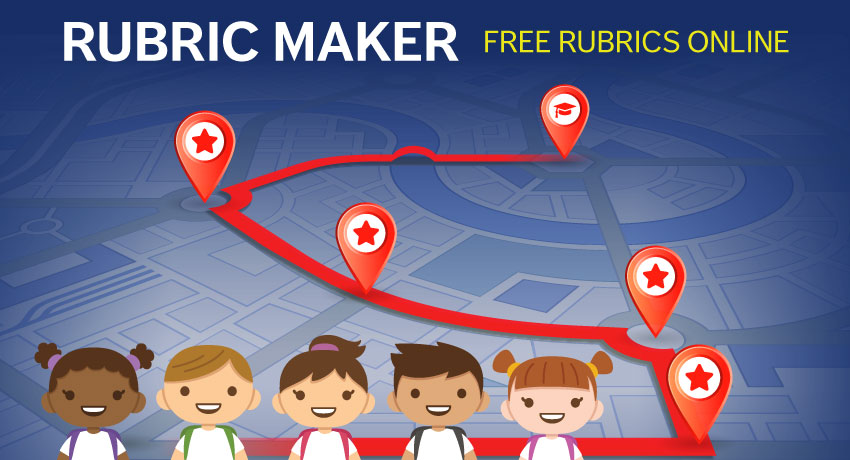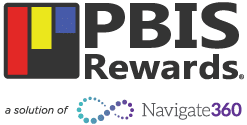Rubrics are a time-honored tool in the classroom. They identify the goal of a particular lesson, communicate clear expectations to students in regard to their work, and spell out the criteria for success. With a rubric in place, you can assess how well your students understood and learned the lesson, and if you need to reteach certain concepts.
Think of the rubric as a road map for each lesson or concept you are trying to teach. Teachers who use rubrics have a clear path for instruction and a means by which to assess student progress.
How rubrics help teachers:
- Provides focus on the desired outcome of the lesson
- Helps to eliminate distractions related to the lesson topic
- Allows for faster and more accurate grading
- Clarifies lesson elements that may need additional attention
How rubrics help students:
- Defines the goal of the lesson for students
- Specifies the elements that make up the lesson
- Allows them to check their work against the rubric to determine if they meet all criteria
- Sets up expectations for fairness in grading
But creating a rubric takes time and careful consideration of the lesson you want to teach. Do you want to assess each element of the lesson separately? Do you want to evaluate all the lesson criteria together as a whole? Will you be grading each task individually or will your assessment cover the family of tasks as one?
Creating Rubrics Online
In today’s technology-driven world, creating rubrics online is a way to simplify the process. There are numerous rubric makers to be found online, for practically every need – Common Core, Project-Based Learning, custom and premade.
Online free rubric makers
- Annenberg Learner (custom)
- iRubric (custom)
- Essay Tagger (Common Core)
- RubiStar (customizable templates)
- Teachnology (premade and customized)
- Schrockguide (Common Core)
- ThemeSpark (Common Core)
- PBL Checklist (project based learning)
- RubricMaker (customizable templates)
- Teacher Planet (premade)
Rubrics for PBIS
Can you use rubrics for your PBIS program?
Teachers have been creating behavior charts for years, so using a rubric for PBIS isn’t much of a stretch. A rubric will help spell out exactly the behavior you want to see from students and allow you to award points based on those behavioral goals. Rubrics can be used schoolwide to focus both students and staff on desired behavior.
In the classroom, using a rubric can provide clarity to your lessons and help you to become a more efficient educator. By having clear goals for each lesson you teach, you know exactly what to assess when you’re grading the assignment. Your students know the purpose of that assignment. They are able to plan their work based on the criteria contained in the rubric. And at the completion of the lesson, you’ll be able to clearly see if any concepts need additional instruction.
How do you use rubrics in your classroom?


